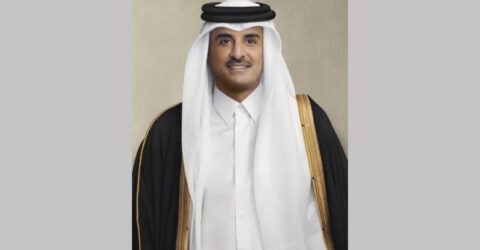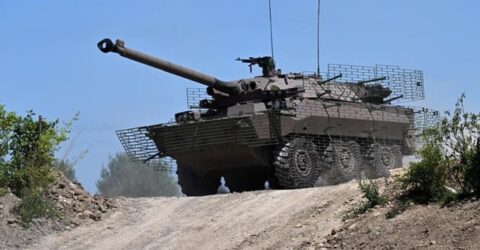
NEW DELHI, –India today launched its first-ever driverless fully-automated train on Delhi Metro’s Magenta Line, heralding a new era of comfort travelling and enhanced mobility.
Prime Minister Narendra Modi flagged off the eco-friendly, sophisticated and driverless train service on Megenta Line (Janakpuri West-Botanical Garden) this morning through a videoconferencing.
Apart from this, Modi opened a fully-operational National Common Mobility Card (NCMC) for travel on the Airport Express Line of Delhi Metro.
“With the achievement of Metro Rail without a driver, our country has joined the select countries of the world where such facilities are available…the metro today is no longer just a medium of public transport, but a great way to reduce pollution and traffic jam,” the premier said.
The National Common Mobility Card, which will be fully operationalised on the Airport Express Line, will enable anyone carrying a “RuPay-Debit Card” issued from any part of the country to travel on the Airport Express Line using that card.
This facility will become available on the entire Delhi Metro network by 2022, official sources said here today.
Delhi Metro began its commercial operation on December 25, 2002, a day after the then Prime Minister Atal Bihari Vajpayee had inaugurated Delhi Metro Rail Corporation’s first stretch, spanning 8.2 km from Shahdara to Tis Hazari with just six stations.
The driver-less trains, having six coaches, are equipped with several advanced features and significant technological as well as eco-friendly upgrades, while many additional features have been added to ensure passenger comfort.
They are designed for a maximum speed of 95 kmph and operational speed of 85 kmph, Delhi Metro sources said.
Each coach can accommodate a maximum of 380 passengers, which transforms to 2,280 passengers in each train set of six coaches, the sources said, adding that the cabin-less trains would be able to accommodate 40 commuters more in a six coaches train as the driver’s cab will not be required in such trains.
At the command centres, the sources said, information controllers will handle the passenger information system as well as crowd monitoring.
With access to CCTV feed, all rolling stock controllers will monitor train equipment in real-time, download faults and other events captured by CCTVs and assist traffic controllers in executing commands remotely, the sources added.




